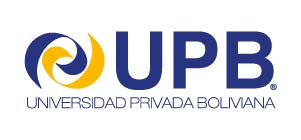Title of the project:
Assesment of a novel method for dry processing of canihua (Chenopodium pallidicaule Aellen) grain, based on the application of a spouted bed
Responsible:
Carmen Carla Quiroga Ledezma, PhD
Email: ccquiroga@upb.edu
Summary:
The content and nutritional quality of the canihua grain is higher than that of the quinoa, both in macro and in micronutrients. The protein content is between 15,7 and 18,8% with an important essential amino acid profile (e.g., 7,1% lysine), carbohydrate content of around 63,4% and lipid content of around 7.6%. It is also rich in calcium, magnesium, sodium, phosphorus, iron, zinc, vitamin E, vitamin B complex. The grain has sublenticular shape with diameters between 1,0 and 1,2 mm and is surrounded on the periphery by the embryo. It is covered by the episperm, a thin translucent layer, and this in turn by the perigonium, usually gray in color.
The canihua grain is processed together with the episperm and the perigonium because their removal is quite tedious, resulting in products with high fiber content. The traditional consumption of this species is in the form of toasted flour, although nowadays some other processed products can be found, e.g. flakes, extruded. The removal of these layers would allow to elaborate products with higher protein content and this type of presentation is the one that has acceptance in the international market, especially in the European and North American. The removal of the perigonium and episperm will be evaluated using a spouted bed in 2 varieties of canihua.
